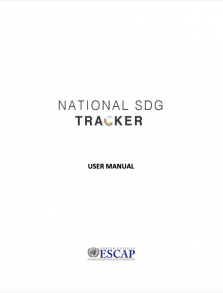
At present, South Asia is among the sub-regions where the spread of COVID-19 transmission is peaking. The intersection of the pandemic with the climate emergencies has created challenges that sub-region has not dealt with before and could magnify the negative impacts in some countries. Implementation of response strategies and pre-emptive actions that factor into the current pandemic are needed to protect the vulnerable community exposed to extreme climate events from becoming new epicentres of the pandemic. Understanding the links between epidemics and disasters requires innovative solutions including A wide-range of risk analytics such as impact forecasting and risk informed early warning, indexing and creating risk matrix to target at risk communities. This issue brief on COVID-19 focuses on the innovations which are protecting communities from cascading hazards, the challenges, and opportunities therein, and offers policy guidance to shape the future management of cascading hazards.


